When it comes to basic bare-bones developers, you don’t get any more simple than Kodak D-76. Kodak D-76 is the common factor between professional and student photographers and everyone in between. It’s a staple in most darkrooms, you can develop film and prints with it, and for me, it was the first developer I ever used for both film and prints. And for a while, I had stopped using Kodak D-76 in my processing, but after I started reviewing films, I got back into the stuff. The reason it gives what you expect, a baseline. It also is relatively inexpensive and economical for long term use. While it’s not an exciting super special fine grain ultra-sharp developer, it is rather ho-hum. But it delivers every single time in every film I’ve souped in stuff, without fail.
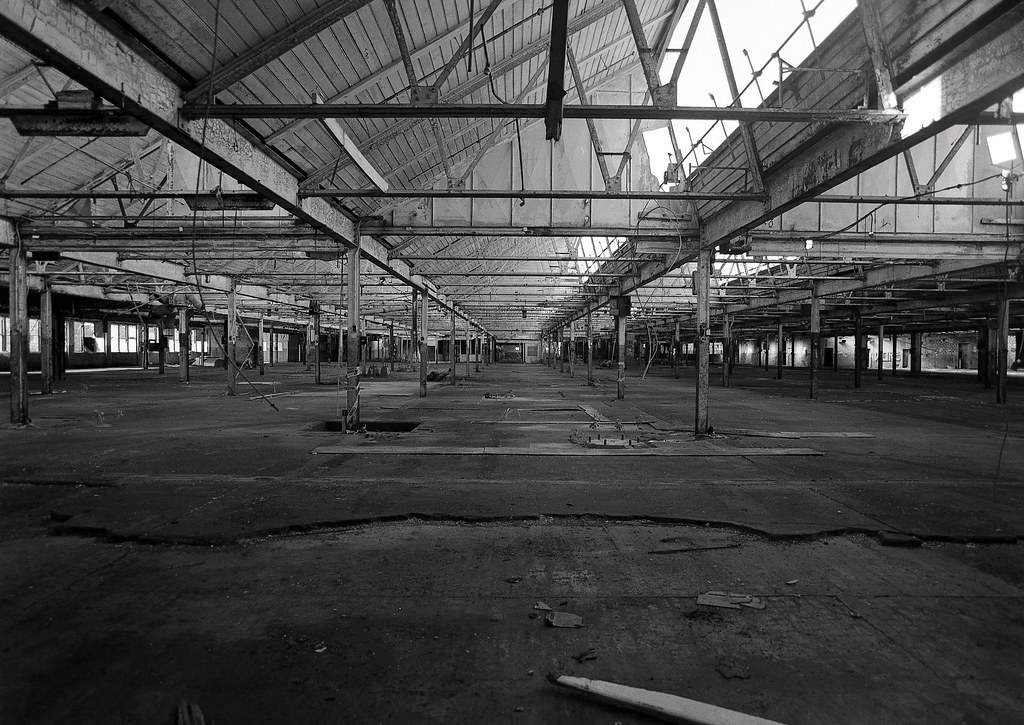
Technical Details
Manufacture: Kodak
Name: D-76
Primary Developer: Metol (Elon) & Hydroquinone
Type: Reusuable & One Shot
Mix From: Powder
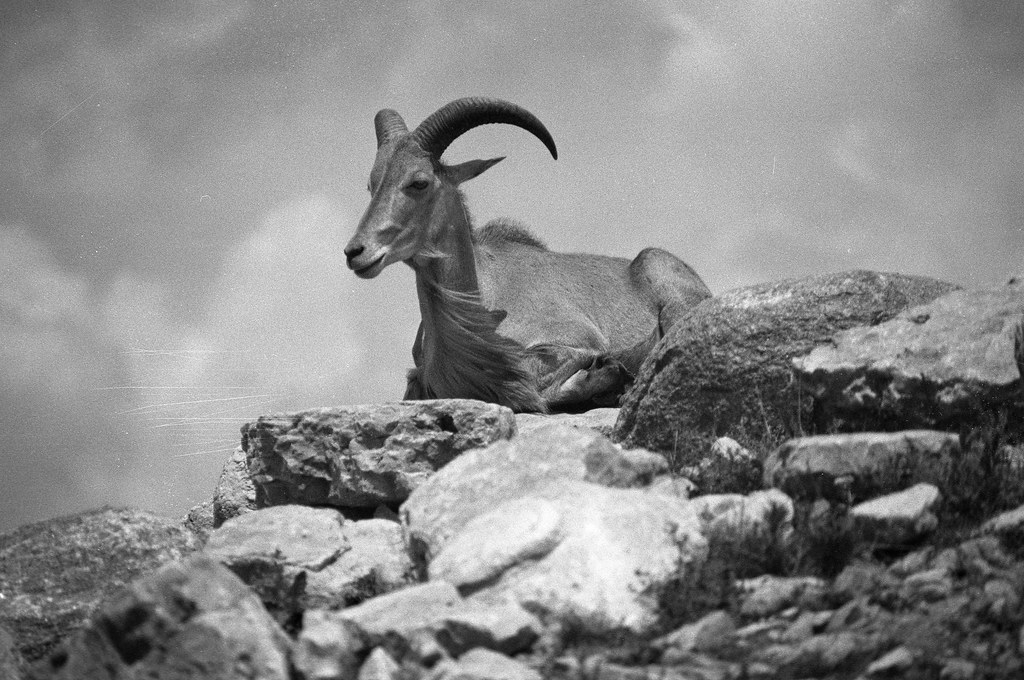

Handling
Let’s start by assuming you’re coming to this with a commercially bought bag of Kodak D-76. You are handling chemistry so you might want to take some precautions. I’m not of course talking about full hazmat, but good ventilation and some gloves might help. Mixing D-76 from a commercial package is simple; you need a large enough container that you can both mix and measure in, it needs at least 4 litres. Another good tip is to ensure the water is at the middle point of their temperature recommendation. I usually aim for 53 degrees (Celcius). Add the water, then add the powder while stirring, you’ll be able to dissolve most of the powder once you feel it’s not mixing, add the additional 800 mL slowly and continue to stir until all the remaining powder has dissolved. I still will run the stuff through a fine mesh strainer when pouring it into the storage container. It’s best to mix up fresh developer the day before you’re going to use it to all the temperature to come down to a usable degree. Or stick it in a snowbank for an hour to drop the temperature. For storage, I have a dedicated brown plastic container that has been my D-76 holding tank since I first started home development on the regular. A full bottle will last about six months, of course, the more you use the developer, the less potent it becomes. My general rule is after a couple of months in the bottle; I switch to using 1+1 dilution. And while the datasheet does give some recommendations, I tend to think of them as guidelines. I can honestly say I’ve never had a bottle go bad on me. Of course, if you don’t want to mix up 3.8 litres of the stuff at a time you don’t have to, you can mix it up in 1-litre amounts by using the raw chemistry. You will need: 750 mL of Water at 125 at 52 degrees (Celcius), 2 grams of Metol (Elon), 100 grams of Sodium Sulfite (Anhydrous), 5 grams of Hydroquinone, 2 grams of Granular Borax, and then fill up to 1 litre of cold water (usually around 20 degrees (Celcius)). Personally I get all the chemicals through Photographer’s Formulary.


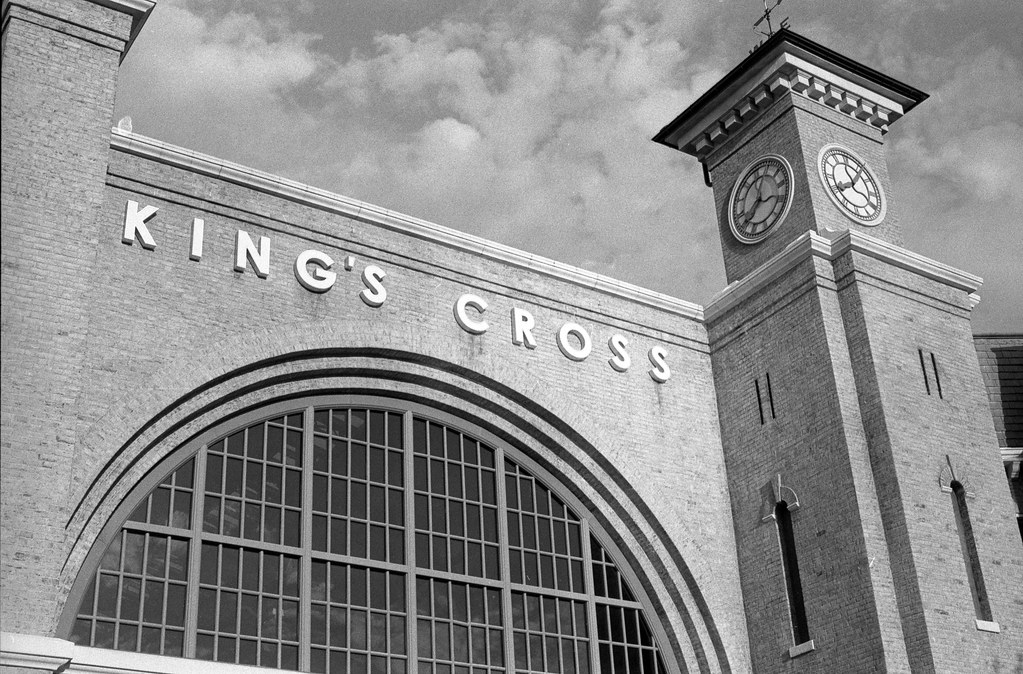

Applications
If you’re looking for a baseline on any film or a developer that will work well with most films out there, then D-76 is that developer. If you do a lot of shooting of mid to high-speed films (100-400) and shoot at box speed 90% of the time D-76 will be one developer you go through a lot. It also doesn’t matter what type of film you use, both classic and modern “T” grained films will respond with good results. What I also like to use D-76 for is volume developing, especially working with a stock solution. Now the developer will eventually lose potency but you’re looking at a hundred rolls or more from a 3.8-litre bottle. Generally, I use D-76 as a good place to start as it levels everything out and shows what the film can do and even if needed to identify the film from a mystery bulk loader. Now the one thing I don’t recommend using D-76 for is too much pushing or pulling. There are no compensating elements in the developer. Now that said, I have done a +/- one-stop and gotten good results, but you will want to dilute the developer 1+1. As for diluting the developer, unlike XTOL, D-76 you can dilute fairly low, I’m not talking crazy dilute, but I’ve worked it down to 1+3 with usable results. But for the most part, I work with Stock or 1+1 for most applications. One of the other things that D-76 can use it in the darkroom. Yes, D-76 will function on all standard papers and do a decent job.
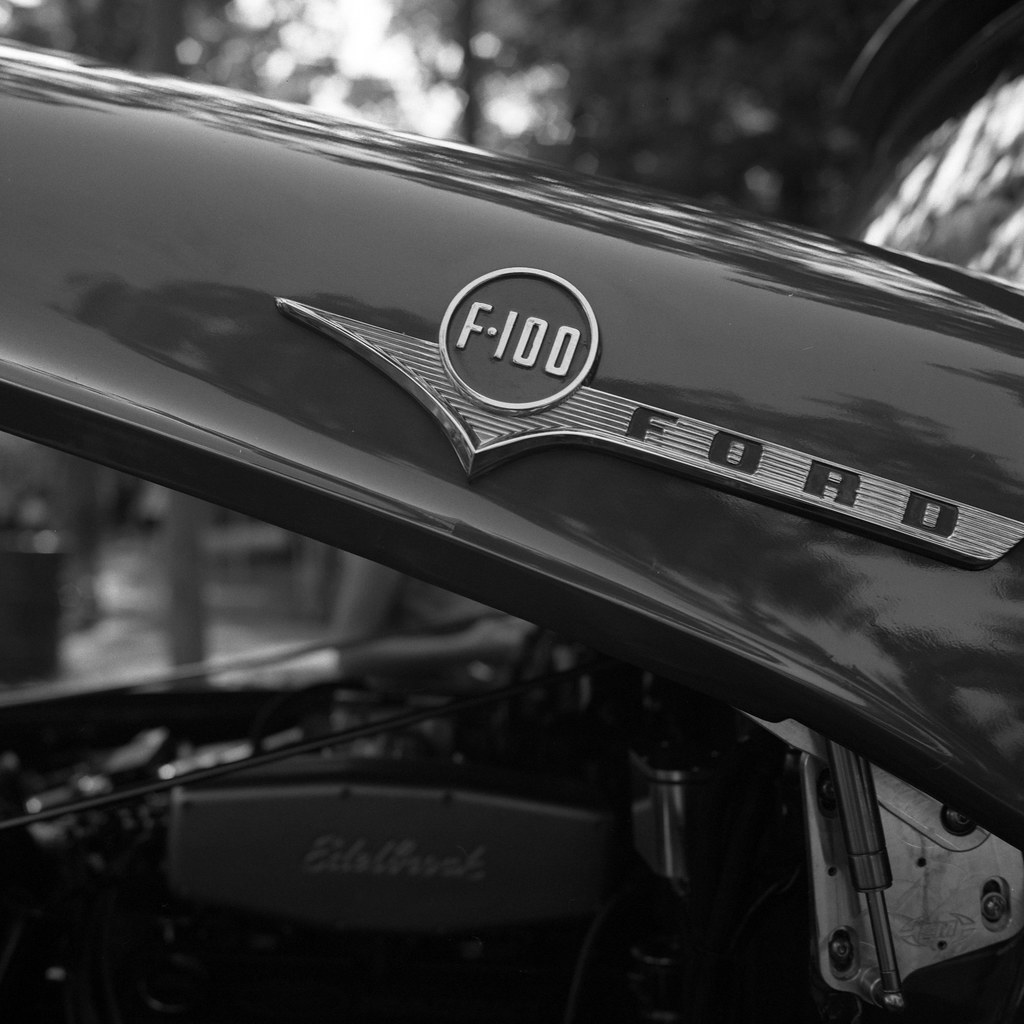
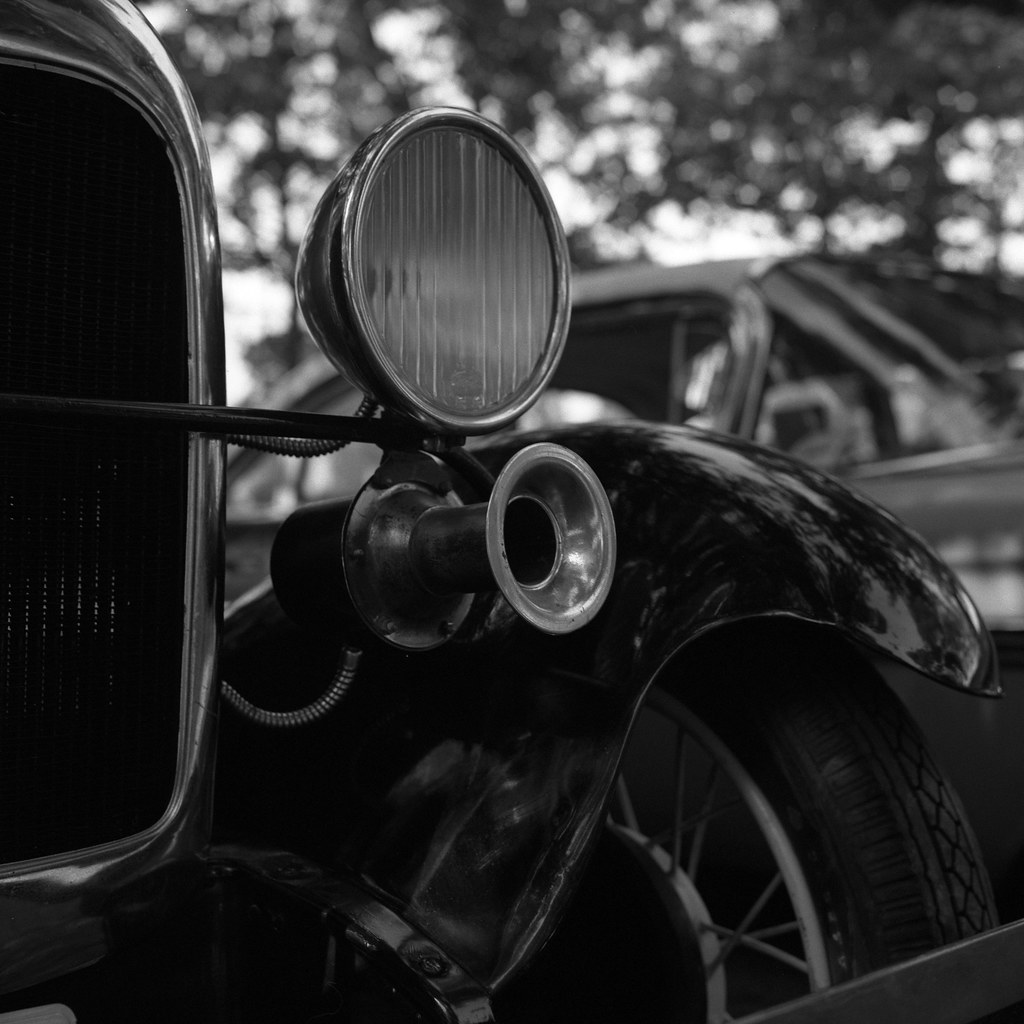
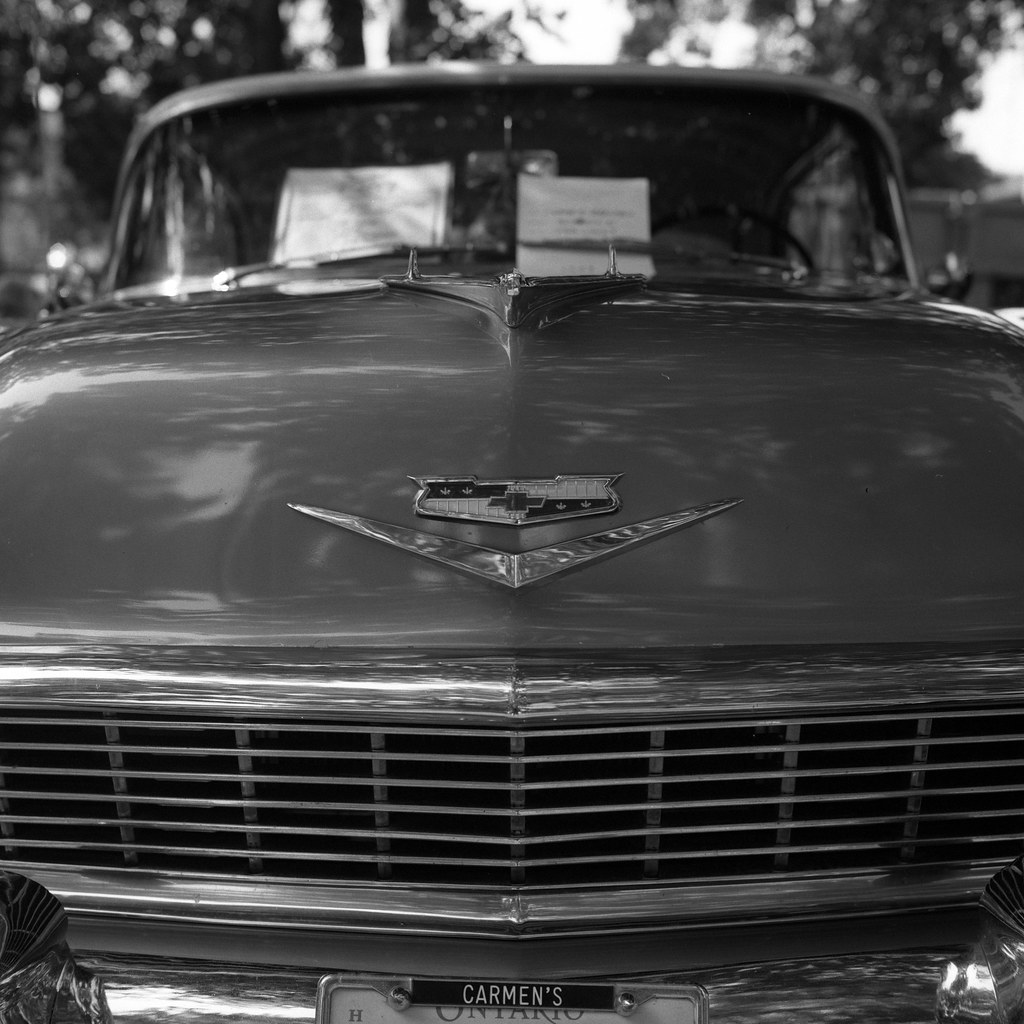
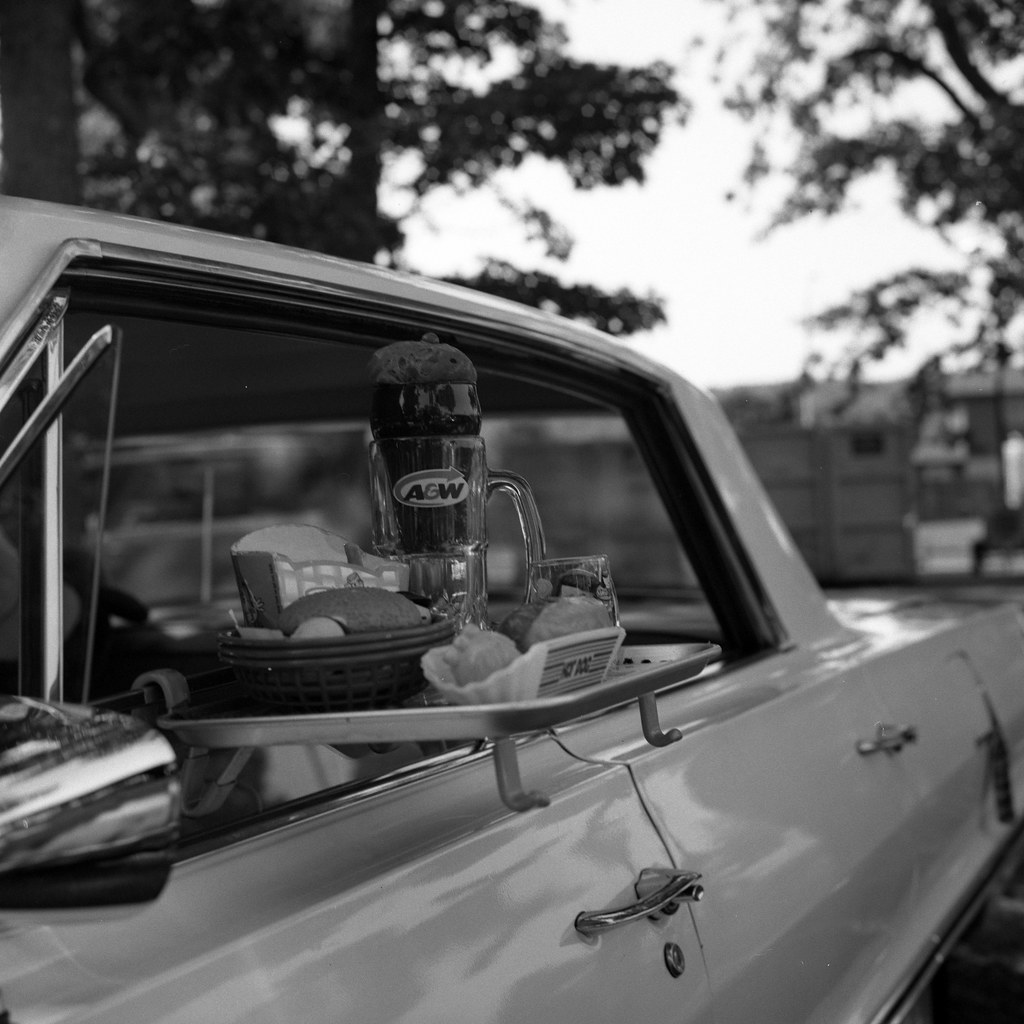
Qualities
As I have been mentioning D-76 is designed as a catch-all baseline developer. That means that you won’t get anything different out of developing your film in D-76 as the film was designed. The one thing I do like about D-76 is that it will give you the full emulsion speed, so if you shoot Tri-X you can shoot it at 400 and develop the film per the datasheet. At stock dilution, D-76 offers excellent detail, both in the highlights and especially the shadows. Surprisingly the developer does an excellent job taming grain at stock dilution. If you want a bit more sharpness with an increase in noticeable grain, you dilute the developer down to 1+1. The developer does not add nor take away from the inherent contrast in the film, producing a normal contrast and that’s both in Stock and Dilute forms.

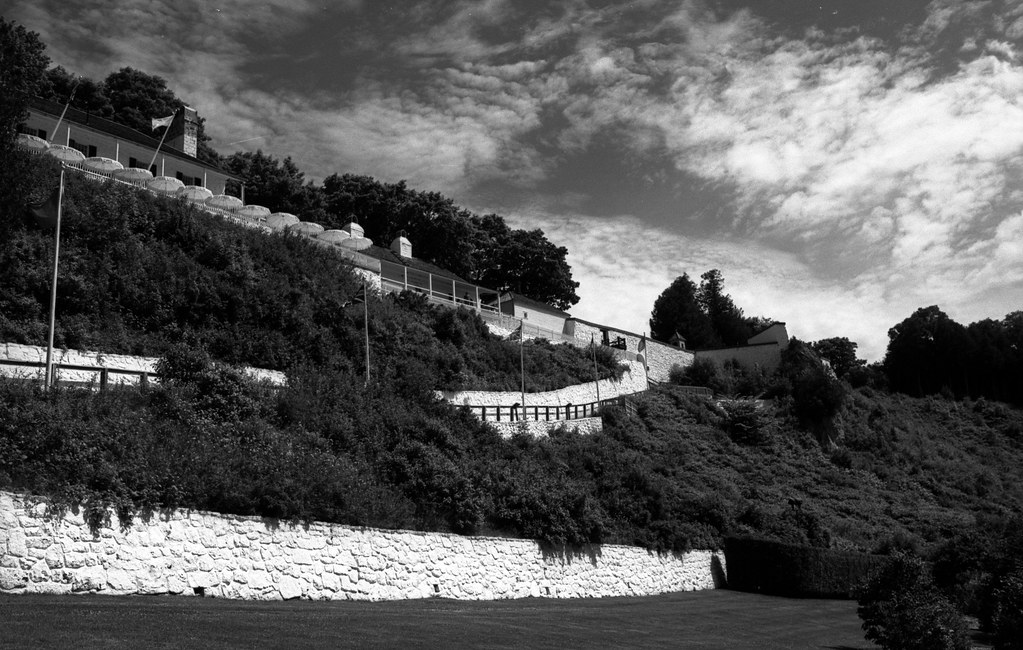
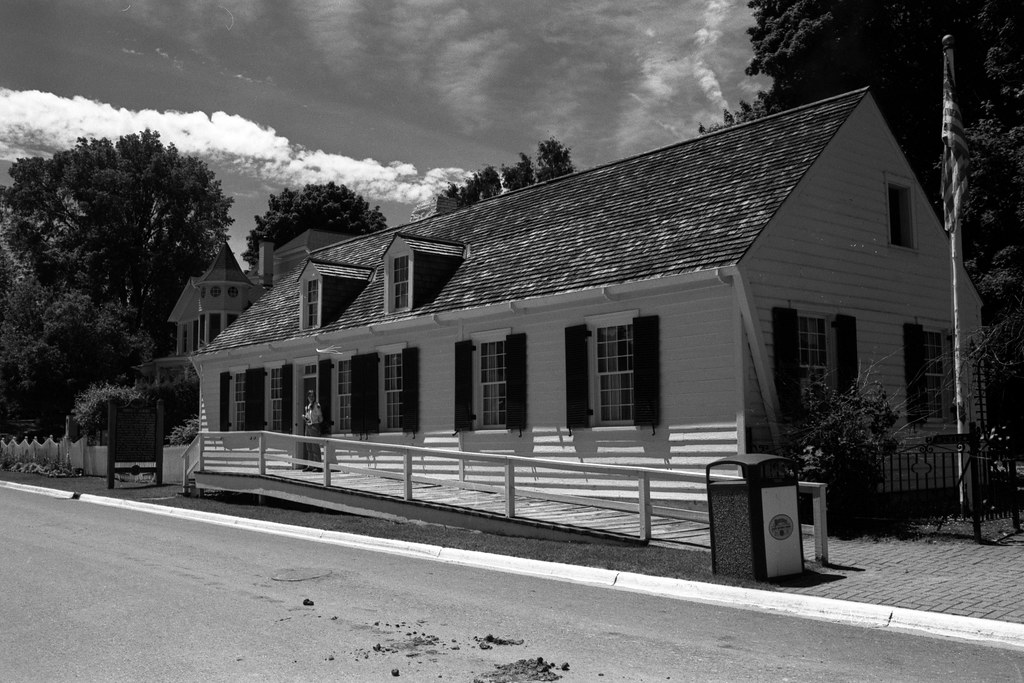

Lowdown
As I mentioned at the beginning, D-76 is a great developer to start your home developing journey. It works on most films and provided a good middle of the road results that will please most people. Plus it doubles as a paper developer if you’re doing darkroom printing at the same time. Of course, you don’t have to buy Kodak D-76, Ilford’s ID-11 is basically the same developer, and the Film Photography Project has their own version of D-76. Some have come up with improved versions of D-76 like Photographer’s Forumulary’s Divided D-76. And accessing D-76 is easy as most camera supply stores both physical and online carry both Kodak D-76 and Ilford ID-11 and they aren’t going away anytime soon. But be warned, D-76 is like those gateway drugs, you’ll be looking for something stronger soon enough.
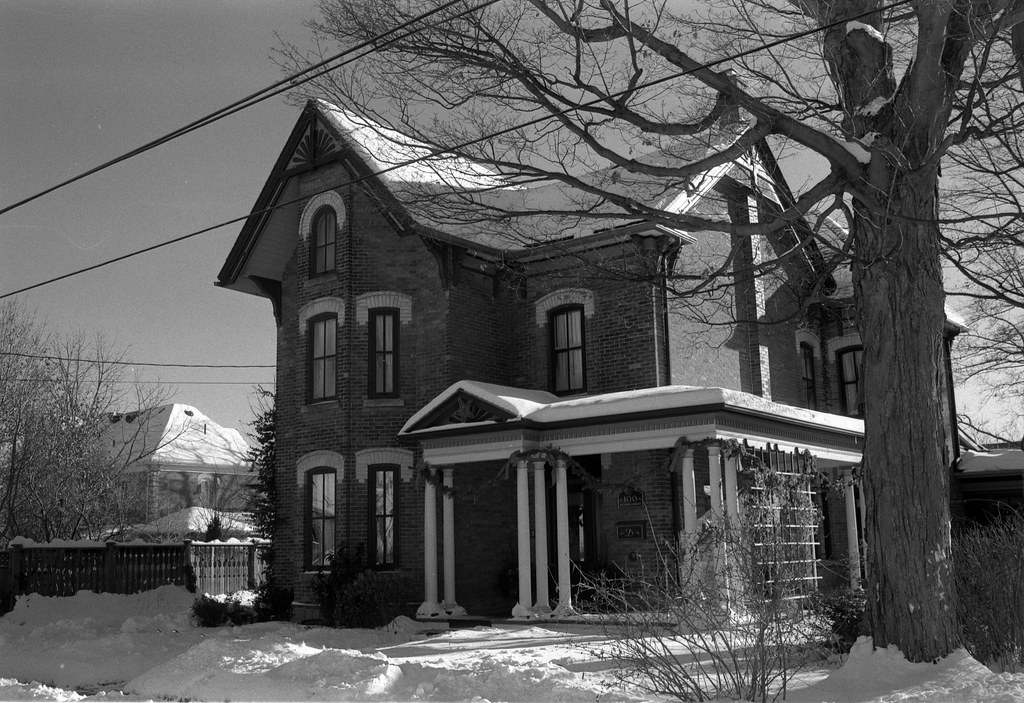



Recommended Reading
Don’t just take my word on Kodak D-76 check out these other blogs on the subject!
Sasha Krasnova – Film developing with Kodak D-76
2 Comments